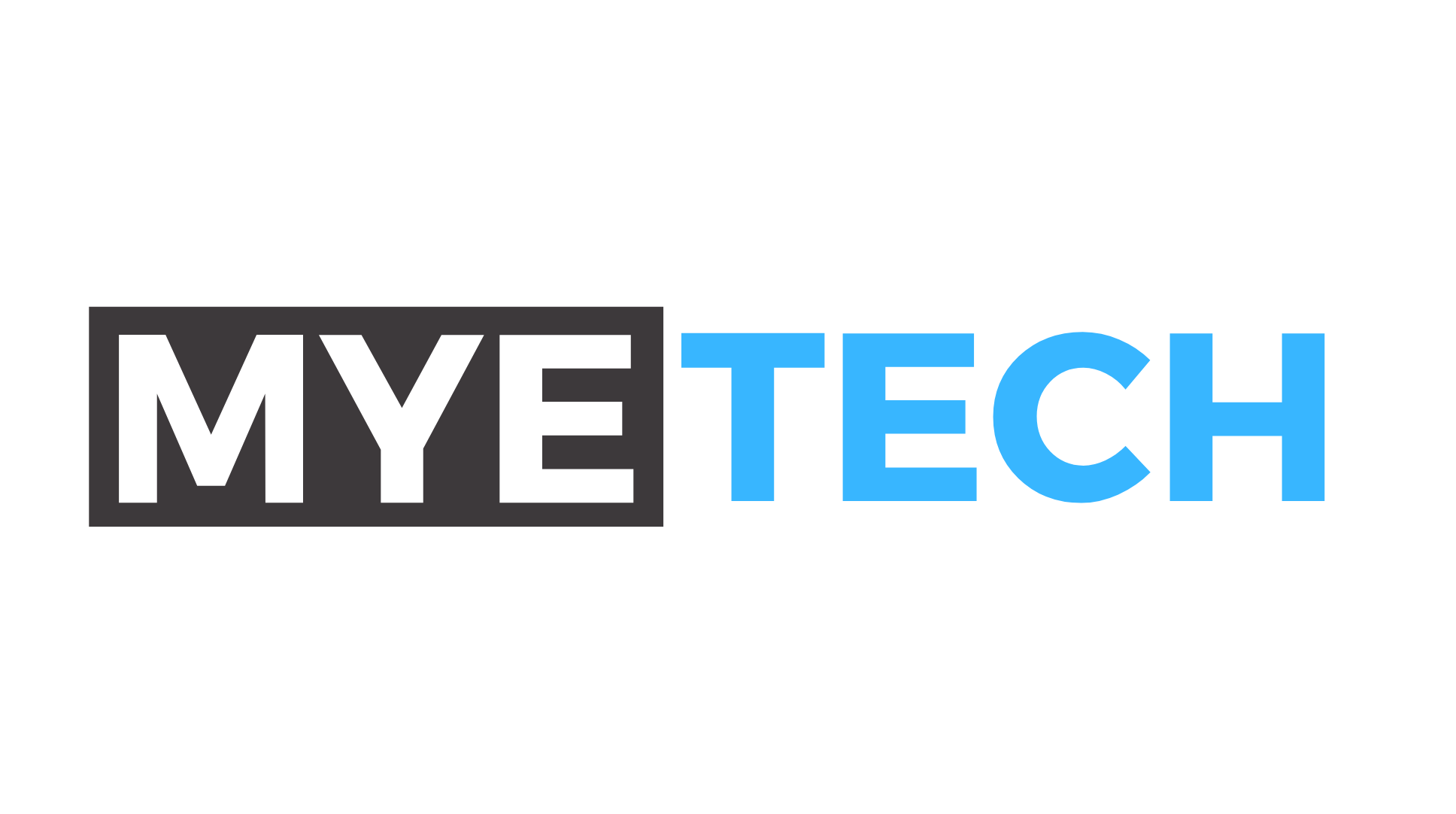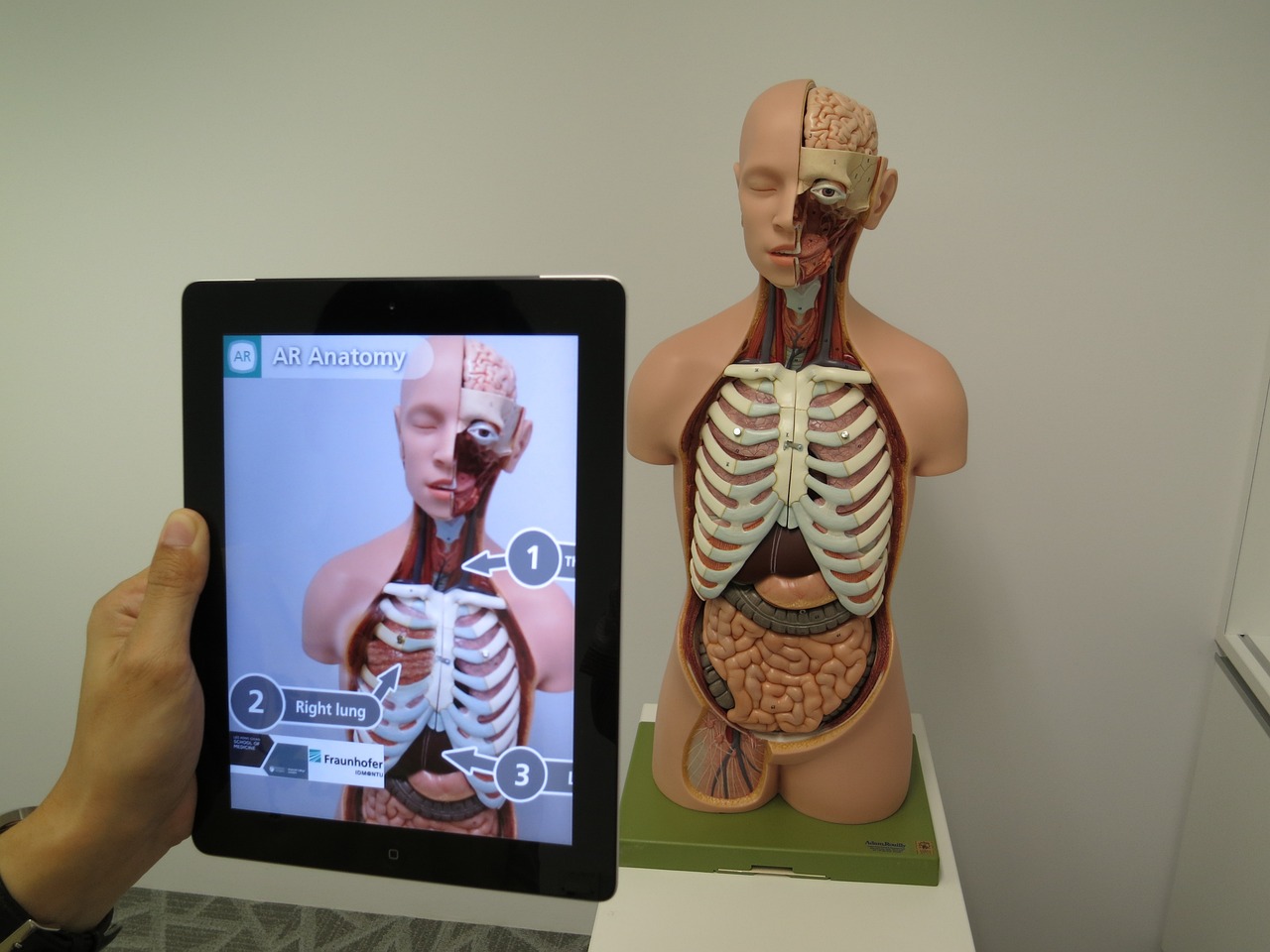The landscape of education is undergoing a significant transformation with the integration of technology. Digital tools and resources have become essential for enriching the learning experience, offering new methods for teaching, learning, and engagement. This article explores the benefits, strategies, and tools for effectively incorporating technology into education, providing valuable insights for educators, students, and parents.
Introduction
Technology plays an increasingly pivotal role in education today, offering innovative ways to teach, learn, and interact. From interactive displays to educational software, technological advancements provide unique opportunities to enhance educational experiences. This guide examines how technology can be integrated into education, highlighting its benefits and best practices for successful implementation.
The Benefits of Technology in Education
Enhanced Engagement and Interaction
Integrating technology into the classroom makes learning more engaging and interactive. Tools such as interactive displays, educational games, and multimedia presentations captivate students’ attention and simplify complex concepts, leading to improved retention and understanding.
Personalized Learning Paths
Technology enables personalized learning tailored to individual student needs. Adaptive learning platforms and educational software assess each student’s strengths and weaknesses, delivering customized content and feedback. This individualized approach helps students progress at their own pace, ensuring everyone has the opportunity to succeed.
Access to Extensive Resources
The internet offers a vast array of educational resources, including online courses, research articles, and interactive simulations. Technology provides students and educators with access to these materials, expanding their knowledge base and enhancing the learning experience.
Improved Collaboration and Communication
Digital tools facilitate better collaboration and communication among students and teachers. Platforms like Google Classroom, Microsoft Teams, and various educational apps enable real-time collaboration on projects and assignments, fostering a sense of community and teamwork—essential skills in today’s connected world.
Strategies for Effective Technology Integration
Establish Clear Objectives
Before integrating technology, it is essential to set clear educational goals. Determine what you aim to achieve with technology—whether it’s improving student engagement, enhancing learning outcomes, or fostering collaboration. Clear objectives guide the selection and implementation of appropriate technologies.
Select Suitable Tools
Choosing the right tools that align with your educational goals is crucial. Options like interactive whiteboards, tablets, educational apps, and online learning platforms can significantly enhance the learning experience. Research and test different tools to find the ones that best meet your needs.
Provide Adequate Training and Support
Successful technology integration requires teachers and students to be comfortable with new tools. Providing comprehensive training and ongoing support is essential. Workshops, tutorials, and help desks can help educators effectively incorporate technology into their lessons.
Promote Digital Literacy
Digital literacy is vital for both students and teachers. Educators should teach students how to use technology responsibly, including online safety, digital citizenship, and critical evaluation of online resources. Developing these skills ensures technology is used effectively and ethically.
Blend Traditional and Digital Learning
Combining traditional teaching methods with digital tools often yields the best results. For instance, use interactive whiteboards for presentations, educational apps for practice, and traditional textbooks for reading assignments. This approach caters to various learning styles and maximizes the benefits of both methods.
Essential Tools for Technology Integration
Interactive Displays
Interactive displays transform traditional blackboards into dynamic, touch-sensitive screens. These allow educators to present multimedia content, annotate lessons in real-time, and engage students through interactive activities.
Tablets and Laptops
Tablets and laptops are versatile devices that provide access to digital textbooks, educational apps, and online resources. Students can use these tools to take notes, complete assignments, and collaborate on projects, making learning more flexible and interactive.
Educational Apps and Software
A plethora of educational apps and software are available to enhance learning. Applications such as Khan Academy, Duolingo, and Google Classroom offer diverse educational content and interactive features that make learning engaging and accessible from anywhere.
Online Learning Platforms
Online learning platforms like Coursera, Udemy, and Khan Academy offer a broad spectrum of courses covering various subjects. These platforms enable students to explore new topics, deepen their understanding, and acquire new skills beyond the traditional curriculum.
Addressing Challenges in Technology Integration
Bridging the Digital Divide
One significant challenge of integrating technology in education is ensuring equitable access for all students. Schools must tackle the digital divide by providing the necessary devices and internet connectivity to students from diverse backgrounds.
Ensuring Student Privacy
With the widespread use of digital tools, safeguarding student privacy is paramount. Educational institutions must adopt robust data protection measures and ensure that all technological tools comply with privacy regulations to protect sensitive student information.
Managing Potential Distractions
While technology can greatly enhance learning, it can also serve as a source of distraction. Educators should establish clear guidelines for technology use in the classroom and monitor its application to maintain student focus.
Assessing Technology Effectiveness
Continuous evaluation of technology integration is critical. Regular feedback from both students and teachers can identify areas for improvement, ensuring that the technology meets its educational goals and delivers its intended benefits.
Conclusion
Integrating technology in education offers numerous advantages, including enhanced engagement, personalized learning, improved collaboration, and expanded access to resources. By setting clear objectives, selecting appropriate tools, providing necessary training, and promoting digital literacy, schools can successfully integrate technology to improve educational outcomes. Despite the challenges, the thoughtful use of technology in education can lead to a more effective, engaging, and inclusive learning environment.




